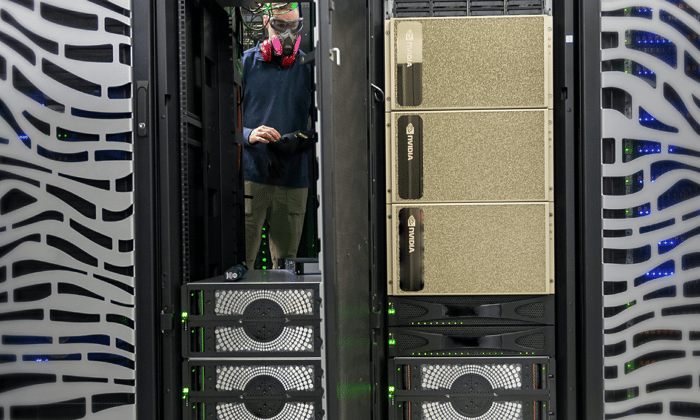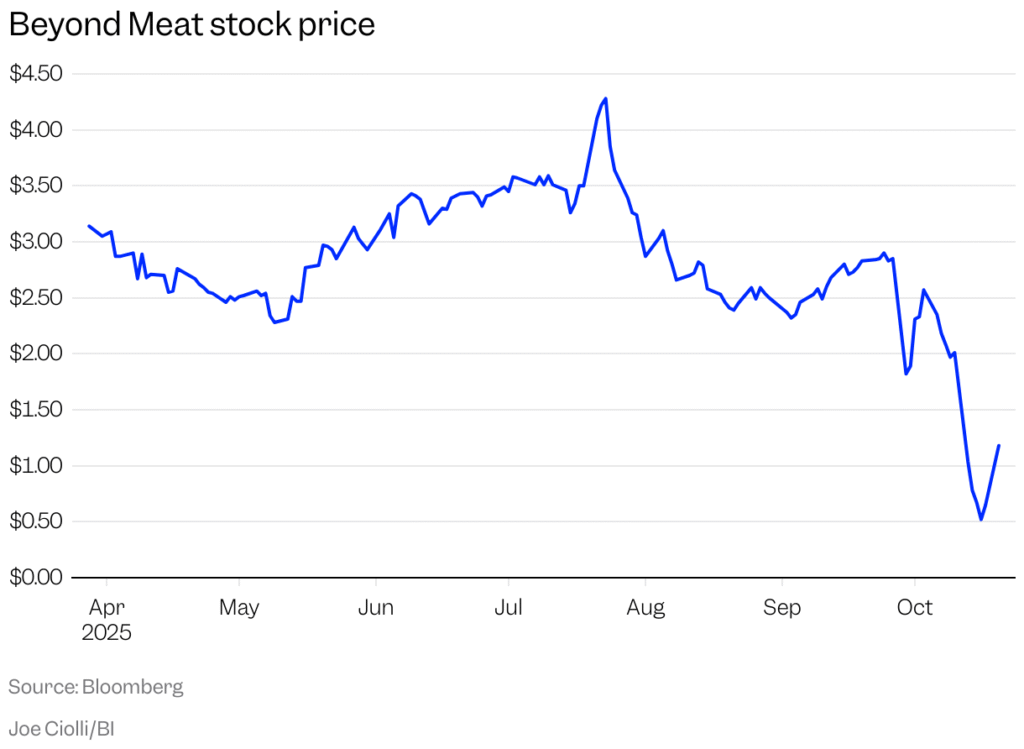What are some of the advances you’re seeing in options FX strategies?
 Even though OTC FX options volumes have been steadily increasing for the last couple of years, trading activity in G10 FX options in 2025 is rather subdued due to a noticeable shift toward increased use of Delta-1 products. This is against a backdrop of heightened political uncertainty and diverging central bank policies, as market participants reassess their USD hedging strategies.
Even though OTC FX options volumes have been steadily increasing for the last couple of years, trading activity in G10 FX options in 2025 is rather subdued due to a noticeable shift toward increased use of Delta-1 products. This is against a backdrop of heightened political uncertainty and diverging central bank policies, as market participants reassess their USD hedging strategies.
From a technical perspective, our liquidity providers are now able to offer auto-pricing for plain vanilla FX options in significant size, even though larger volumes still tend to be traded with manual intervention. Moreover, we’re observing that platform providers and banks are collaborating to offer new solutions such as API-based pricing for zero-cost structures. In our view, this significantly enhances flexibility in the e-trading of FX options and allows for a reduction in manual workload. In terms of OMS/EMS we’re seeing a continued effort to set up the necessary processes for trading FX options and have set a high priority for our own internal projects we are running with our IT department to leverage these new capabilities as soon as possible.
When it comes to the surge in cleared FX options for many market participants, the primary advantage lies in the reduction of counterparty risk and potential for multi-lateral netting, which helps to optimise capital usage and reduce overall exposure. Additionally, clearing can optimise access to liquidity for some and significantly cut down the time and complexity involved in negotiating bilateral master agreements. This is particularly valuable for institutions looking to scale their FX options activity efficiently and with greater operational certainty.
Others are more reluctant, due to the non-standardised nature of FX options and the existing setup of well-functioning bilateral relationships e.g. posting of collateral and receiving competitive pricing. There’s also the challenge of liquidity drain due to initial margin requirements, which can be significant and impact trading flexibility. On top of that, transitioning to cleared products often requires substantial investment in IT infrastructure, which can be a barrier for smaller firms or those with legacy systems.
What is driving this development?
Burdensome and error-prone manual workloads in the process of trading, booking and throughout the lifecycle of FX options are the main drivers in the development towards more electronification.
In practice, this means increased operational risk when trading options via voice and chat and settlement issues e.g. due to a mismatch in strikes or premia, in particular when trading multi-leg options across several portfolios. A more automated and STP setup would drastically help to address these issues and to optimise low-touch options business in general.
How could these be developed further and what is the next step in terms of advancement in options?
Most important is that cooperation between OMS/EMS and trading platforms needs to intensify to allow for a streamlined process from trade initiation to order placement to final allocation including best execution data and TCA. In addition, work is being done to allow market makers to provide axes in a secure and customised manner, building solutions to address pin risk around option exercises and further development of CLOBs to provide more liquidity.
On top of the existing limitations from our LPs on the notional size we are able to trade via auto-pricing, our main concerns to move junkier volumes to e-trading are the lesser flexibility in trading style e.g. fixing volatility before trading live and the potential market impact when trading without delta exchange. That said, we expect all of these hurdles to be lowered over time alongside the aforementioned advances we see right now in the markets.
How electronified are options in comparison with other FX instruments? What are the biggest hurdles?
The combination of limited capabilities of some OMS/EMS e.g. not allowing for STP order processes and the non-standard nature of FX options with regards to the vast variety of delta levels, broken dates and different trading styles are amongst the main reasons for still lower automatisation levels in our view.





